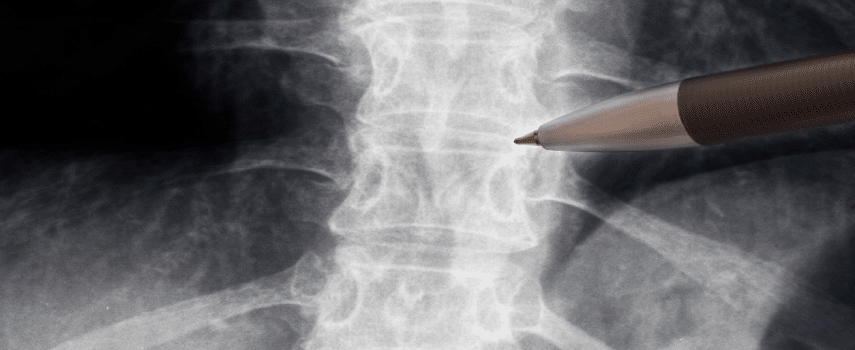
Approximately 12,500 spinal cord injuries (SCIs) occur in the United States every year. In most cases, the trauma experienced is often serious and life-altering. The type and severity of SCIs play a huge role in what to expect moving forward and the best course of action for treatment.
The single most important structure between the body and brain is the spinal cord. It is this intricate bundle of nerves that is responsible for carrying messages between the two areas for feeling and movement. In the event of spinal cord trauma, the body may lose certain vital functions if the nerves are no longer able to communicate with the brain.
Damage to the spinal cord often impacts sensory, motor, and reflex capabilities below the injury site. Therefore, the higher the location of the injury in the spinal cord, the more severe the damage. Since there are various types of spinal cord injuries, it’s best to understand how they differ and what symptoms are associated with each type.
There are two main types of spinal cord injury:
- Complete SCI
Complete spinal cord injuries are the more serious of the two. When this type of damage takes place, the brain is unable to send signals below the injury site. For instance, if the trauma impacts the lumbar spinal cord, paralysis can occur below the waist while upper body sensations and motor functions remain intact. This type of injury is commonly referred to as paraplegia. A more devastating injury would occur when the SCI takes place at the cervical spine. In this case, the individual is often left with a loss of motor function in both the lower and upper body—a condition known as quadriplegia.
- Incomplete SCI
This type of injury indicates partial damage to the spinal cord. While often not as catastrophic as complete SCI, the effects can still be extremely serious and create incredible hardship for those affected. Incomplete SCIs differ from person to person. The ability to move and experience sensation depends on the severity of the damage and the location of the injury. Some incomplete SCIs can even result in triplegia—where three limbs become paralyzed (both legs and one arm).
Incomplete SCIs have become increasingly common and now make up more than 60% of all spinal cord injuries. Three of the most frequently seen types of incomplete SCIs include:
- Anterior Cord Syndrome: This injury occurs at the front of the spinal cord. Damage to the motor and sensory pathways are often the result.
- Brown-Sequard Syndrome: This injury ensues when one side of the spinal cord has been hurt. As a result, one side of the body will experience limited movement and sensation while the other side may be unaffected.
- Central Cord Syndrome: As the name implies, this injury takes place at the cord’s center and affects the nerves that carry signals from the brain to the spinal cord. A variety of impairments including loss of fine motor skills, bladder control, and sexual function can result.
Common Causes of Spinal Cord Injuries
Identifying the type and location of the spinal cord injury can help those injured better determine their prognosis and path for rehabilitation treatment. It’s also important to be aware of how SCIs are most likely to occur in the first place so that these types of injuries can be avoided.
The vast majority of SCIs result from some type of severe trauma. There are many ways these injuries can transpire. The most common causes of injury to the spine include:
- Motor vehicle-related accidents
- Falls from a significant height
- Violent collisions during sporting events
- Diving into shallow waters
- Gunshot or stabbing
- Surgical complications
- Electrical accidents
Awareness of these threats is by no means a guarantee that an SCI can be completely avoided throughout one’s lifetime. However, by being mindful of the major risks and taking a few simple precautions, the likelihood of experiencing this type of traumatic event can be significantly decreased. A few risk-reducing measures can include taking measures as simple as wearing a seatbelt, having the right protective gear while playing contact sports, and being cognizant of water depth during recreational activities.
Even after experiencing a spinal cord injury, many are able to lead a full and productive life. Early diagnosis and intervention from medical professionals, along with the dedicated assistance of a skilled rehab team, are key to ensuring the best possible outcome.
 icons at the top right corner of the subsection.
icons at the top right corner of the subsection.